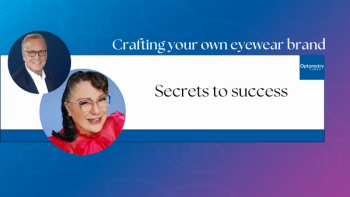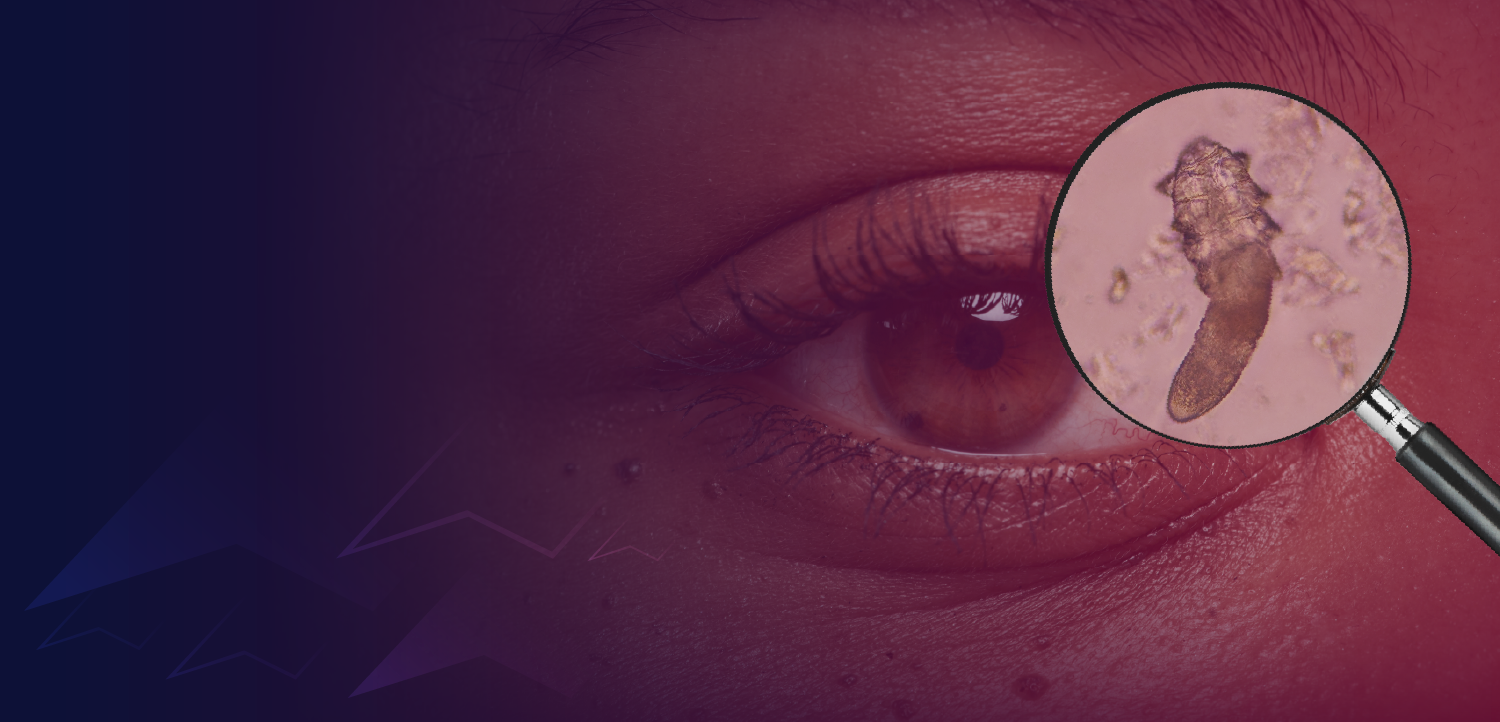
Prevent Blindness designates April as Women’s Eye Health and Safety Month
Women are at higher risk of eye disease than men.
Prevent Blindness has declared April as Women’s Eye Health and Safety Month. According to the National Eye Institute, 2 out of every 3 people living with blindness or visual impairments are women. Early detection and treatment can lessen the effects of vision loss from eye disease, and Prevent Blindness offers a variety of expert-reviewed free eye health resources including eye safety topics such as contact lenses, cosmetics, and ultraviolet (UV) protection.
Pregnancy can bring an increase in hormones that may cause vision changes. In most cases, though, these are temporary eye conditions that will return to normal postpartum. Those with pre-existing eye conditions, such as diabetes, high blood pressure, and glaucoma, should inform their eye doctor of their pregnancy to help monitor their health. Premenopausal and menopausal women may also experience vision changes.
Dry eye in particular affects premenopausal women at double the rate, according to the American Academy of Ophthalmology (AAO). The AAO also says that women are more at risk of autoimmune diseases compared to men, many of which affect vision, such as lupus and Sjögren’s syndrome.
As part of the Prevent Blindness Focus on Eye Health Expert Series, Janine Austin Clayton, MD, FARVO, associate director for Research on Women’s Health and director of the Office of Research on Women’s Health at the National Institutes of Health (NIH),shares her thoughts on a variety of women’s eye health issues including equitable access to eyecare. Clayton addresses the impact of vision loss on mental health and more in the new “Women’s Eye Health and Safety” episode.
Two-thirds of the 45 million contact lens wearers in the United States are women, according to the Centers for Disease Control and Prevention (CDC). Prevent Blindness reminds everyone that a prescription from a qualified eyecare professional is required to legally purchase contact lenses in the US, and to always wear contact lenses under the supervision of an eye doctor.
“Women lead incredibly busy and diverse lives- from running companies to running households. It is critical for women to take care of their own health needs, including eye health, to ensure they can be there for others,” said Kira Baldonado, vice president of Public Health and Policy at Prevent Blindness. “We encourage women to be a model for good health by making their eyecare a priority today to ensure healthy vision for years to come.”
For those in need of financial assistance for eyecare, Prevent Blindness has a listing in English and Spanish of available programs at:
Newsletter
Want more insights like this? Subscribe to Optometry Times and get clinical pearls and practice tips delivered straight to your inbox.

















































.png)


